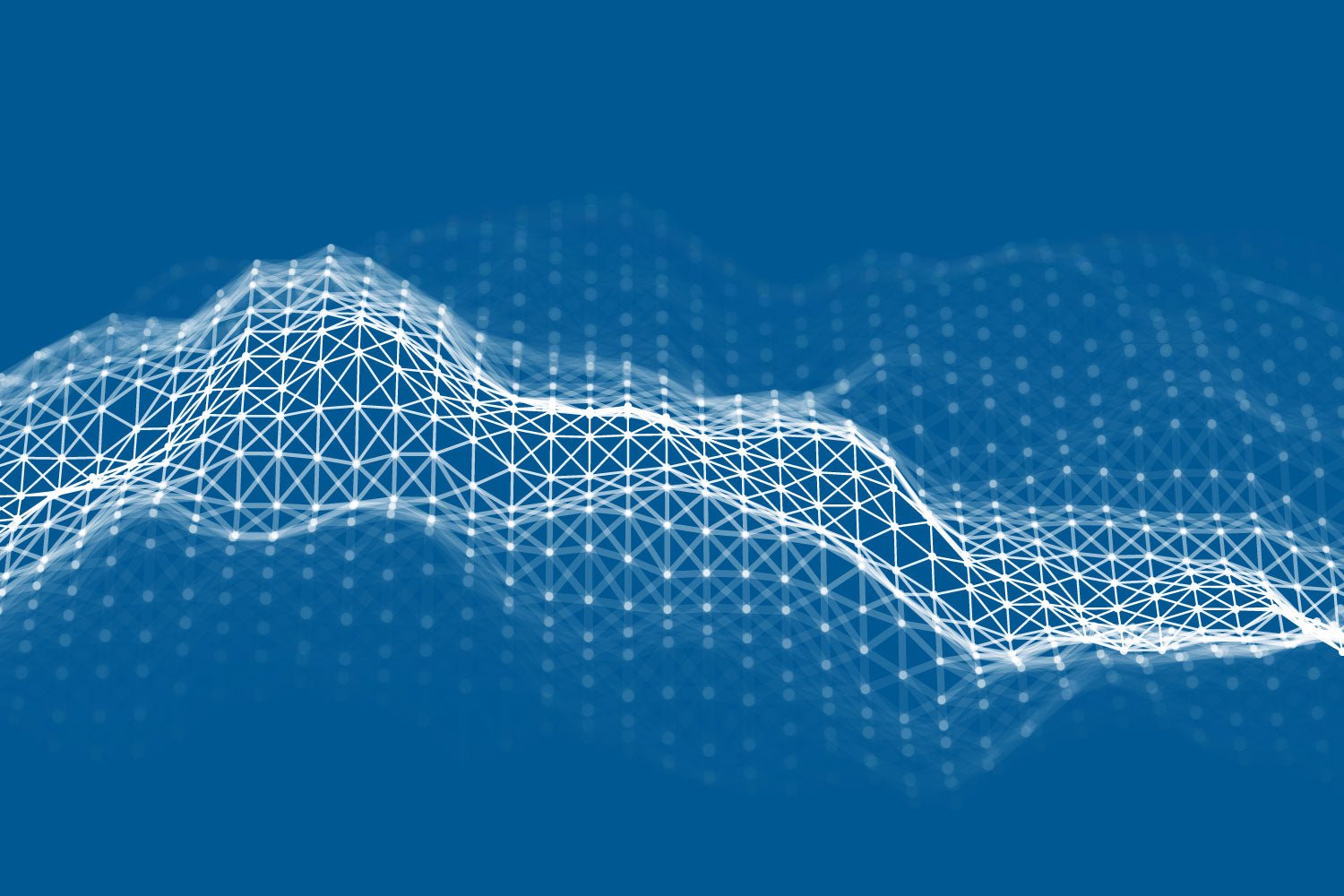
The piezoelectric effect has a range of exciting functions. Uses range from smartphone haptic feedback application to micropumps which can deliver minute quantities of life saving medications.While it may not have the name-brand recognition that other popular technologies enjoy, its ubiquitous nature means that it should be on the radar of anyone in the tech space.
In this article, we'll take an in-depth look at five of the primary uses of piezoelectric technology. You'll also learn what the piezoelectric effect is and how it differs from the inverse piezoelectric effect.
The Piezoelectric Effect Defined
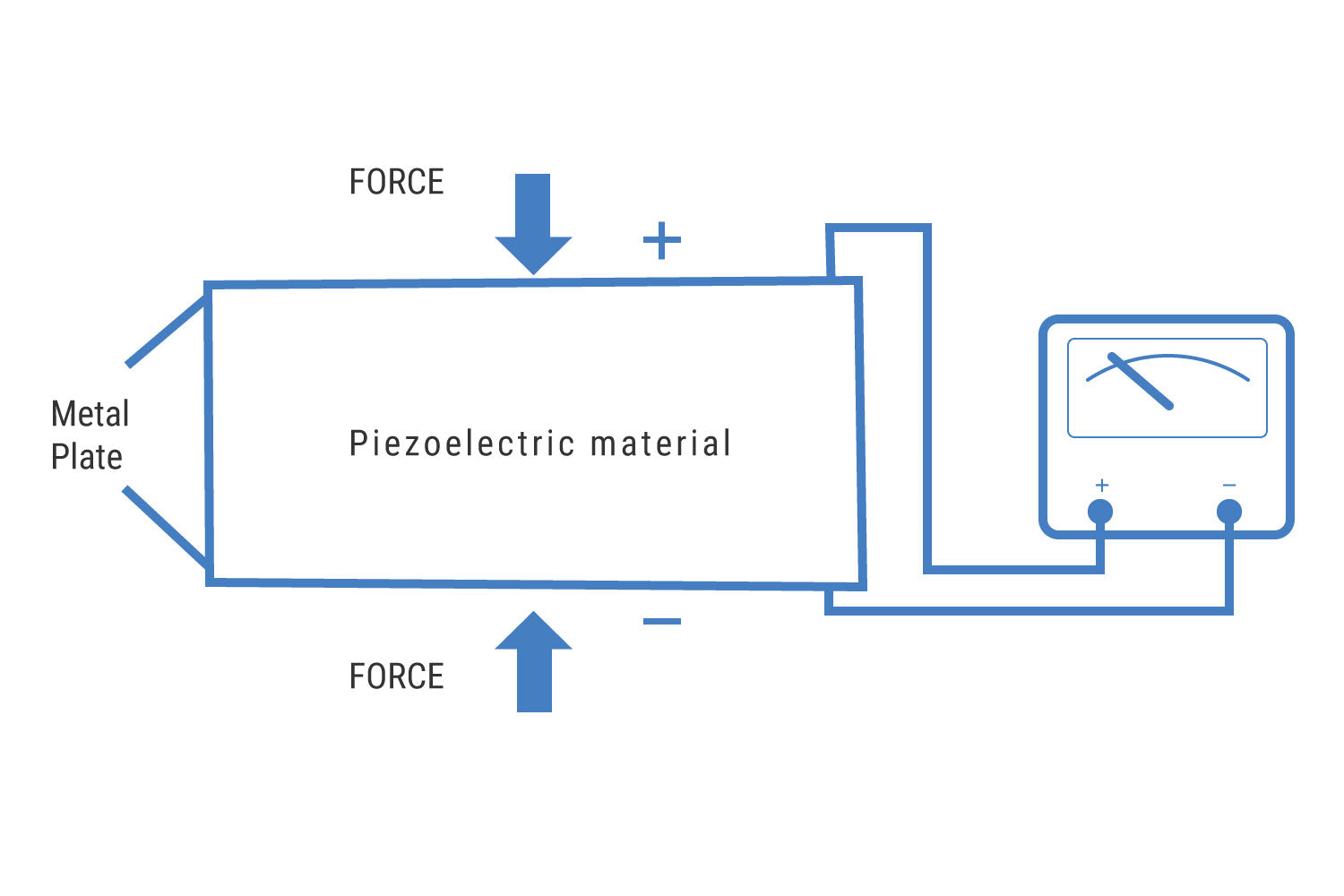
The piezoelectric effect refers to the ability of certain materials to produce an AC current when mechanical stress is applied to the object. Traditionally, materials such as quartz, topaz, rochelle salt, and tourmaline were used to produce piezoelectricity. More recently, certain types of zirconate titanate ceramic materials have come into widespread use.
The inverse piezoelectric effect simply describes the opposite process. Applying an electric current to these materials can cause them to shift and elongate. Frequent applications of electrical currents can create a range of vibrations and other tactile feedback. This has applications in the field of haptic technology.
Where the Piezoelectric Effect Is Most Commonly Applied
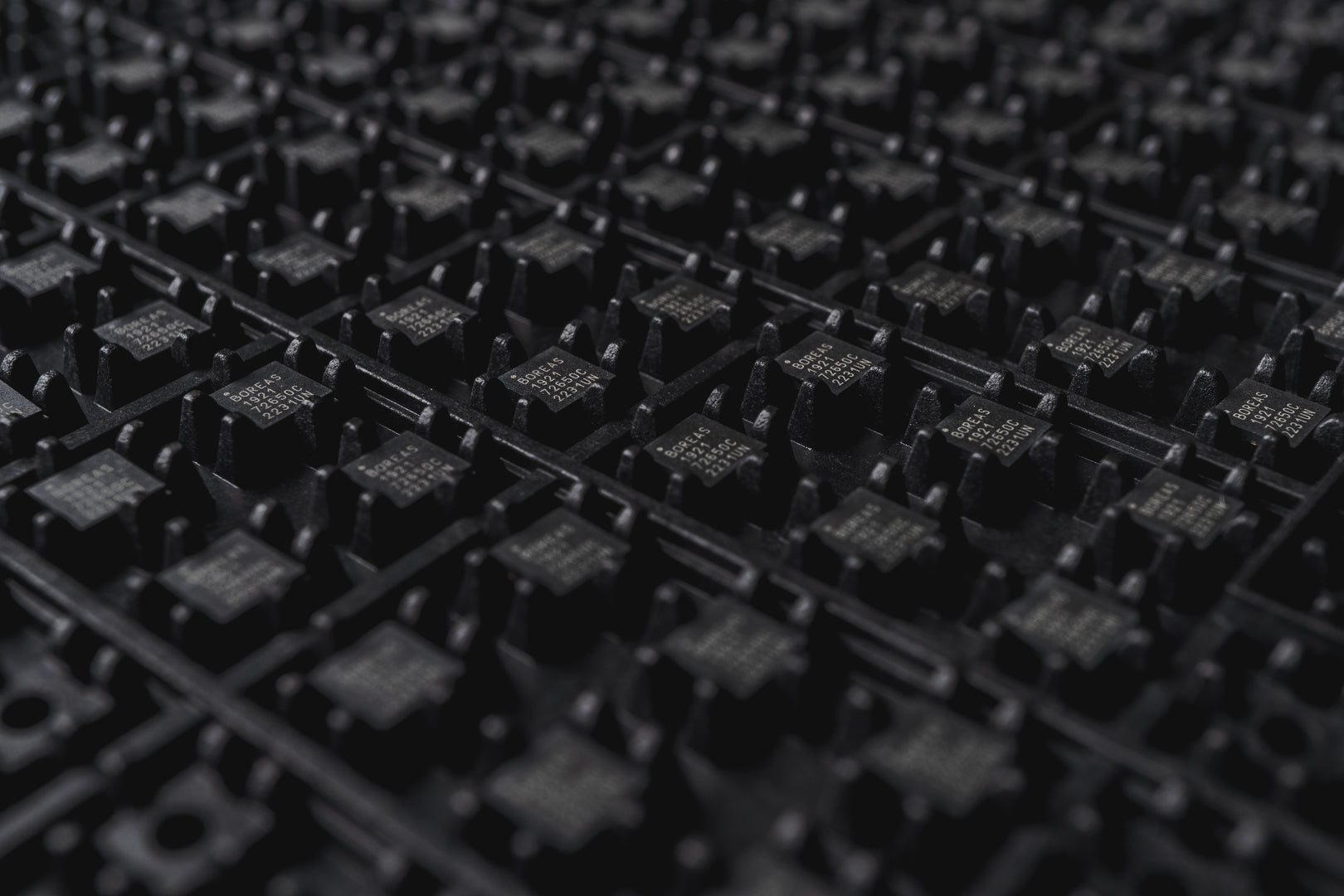
While the piezoelectric effect has a range of uses, it's most commonly used in the following ways.
1. High-Voltage Power Sources
The piezoelectric effect can convert kinetic energy into a high-voltage power source. This has a number of applications. Small-scale power generation activity through the use of piezoelectric harvesting would see the placement of piezoelectric material along roads. This could also yield applications for pedestrian and vehicle crossings. The pressure applied by a person’s feet or a car’s tires would generate an electric charge which could provide a signal to a nearby light.
2. Piezoelectric Motors in Aerospace and Defense
The aerospace industry has increasingly adopted piezoelectric motors for a range of applications. One common use for piezoelectric actuators in aerospace is the dampening of active vibrations in planes and other aircraft. This can help conserve energy and fuel while reducing unwanted noise. Piezoelectric motors may also help pilots monitor the structural integrity of their aircraft in real-time as they're flying. Other uses include de-icing planes through vibrations generated by piezoelectric actuators.
The defense industry has taken an interest in the technology for a range of reasons, not the least of which is the fact that piezoelectric technology requires no connection to a power grid or batteries. For a soldier out in the field, piezoelectricity can provide a stable source of power for personal use. Piezoelectrics also offer a broad range of military applications ranging from smart munitions to nanotechnology.
3. Sensors in Medical Imaging and Piezoelectric Microphones
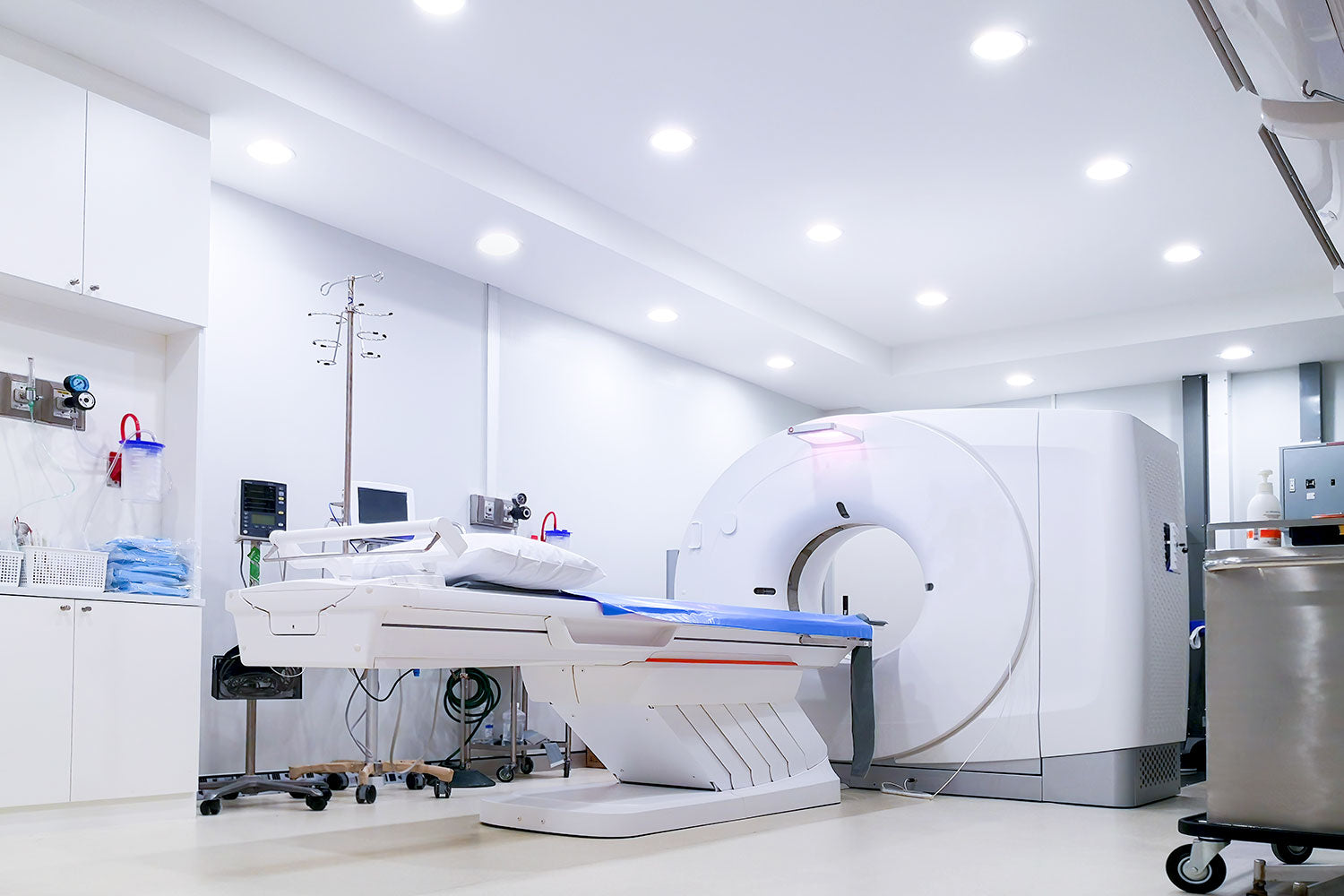
The piezoelectric effect plays a crucial role in certain medical imaging technologies. For example, the piezoelectric effect in ultrasound is responsible for converting electrical energy into sound energy and then back into electrical energy. This lies at the core of ultrasound technology and allows doctors to see inside patients by observing the frequency of these sound waves as they travel through the body.
Similarly, modern contact microphones convert sound energy into electrical energy via a piezo crystal. This electrical energy is then converted into sound using piezo technology, albeit at a higher volume, through the inverse piezo effect. This provides crisp and clear feedback and sound definition.
4. Actuators in Consumer Electronic Devices and VR

Piezo actuators play a role in various consumer electronics devices such as smartphones, laptop keyboards, and virtual reality gameplay devices. Unlike eccentric rotating mass (ERM) motors and linear resonant actuators (LRA), piezo actuators provide high-quality and sharply defined haptic feedback.
As piezo drivers create ever-better feedback systems, technology companies will continue to shed unnecessary buttons and switches in favor of solid-state piezo haptics. That's because piezo haptic feedback systems eliminate the need for moving parts that can easily break down.It also opens up a world of possibilities for designers of consumer electronics.
Piezo actuators are commonly applied to the keyboards of newer laptop models. This allows for a sleeker design shape and a wider range of customizable feedback options. They’re also often found in the haptic feedback systems for virtual reality video games. That’s because they can simulate a wide range of physical feedback, such as the soft pitter-patter of virtual rainfall or the harsh blow of a virtual collision.
The sheer variety and finely tuned nature of the feedback has led many virtual reality hardware companies to integrate piezo-haptic technology into their gameplay devices.
5. Piezoelectric Micropumps
Micropumps deliver fluids in minute quantities. These devices have a range of scientific and medicinal uses. For example, many drugs are administered through micropumps. Micropumps are also used in the creation of cell transfers and biomedical sensors. The technology has a range of industrial applications as well. Many printers make use of micropumps. Consumer electronics, such as watches also use the technology.
How does it work? Piezoelectric micropumps convert electrical impulses into kinetic energy which in turn transmit small amounts of liquid in carefully measured quantities. Calculated piezoelectric constants let device makers control the exact quantity of fluid transmission. One of the most common piezoelectric micropump mechanisms is the vibrating diaphragm.
This technology uses electrical currents to oscillate a membrane across a tube. By rapidly expanding and contracting the structure, the kinetic energy creates a pumping effect while using less power and offering a more precise flow than traditional methods.
Piezoelectrics can also create a micropump effect through peristalsis, or by using a rapid sequence of contractions to strain liquid through a tube. Flexural plate waves use piezoelectrics to generate waves via the application of pressure from vibrating plates.
Invest in a Piezo Driver That Truly Makes a Difference
At Boréas Technologies, we know piezo drivers. Our business specializes in integrating high-quality piezo actuators into a range of practical applications. We stand out from the competition due to our power efficiency and high-definition haptic feedback. Learn more about our full array of piezo drivers.
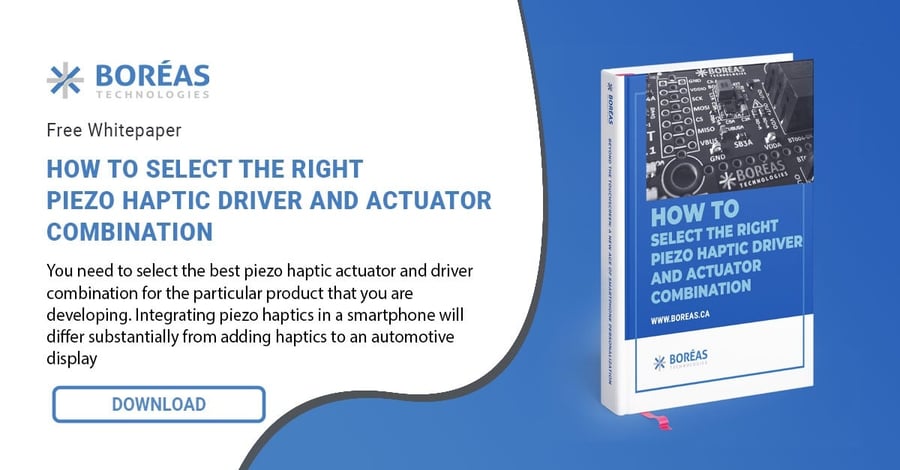

Leave a comment